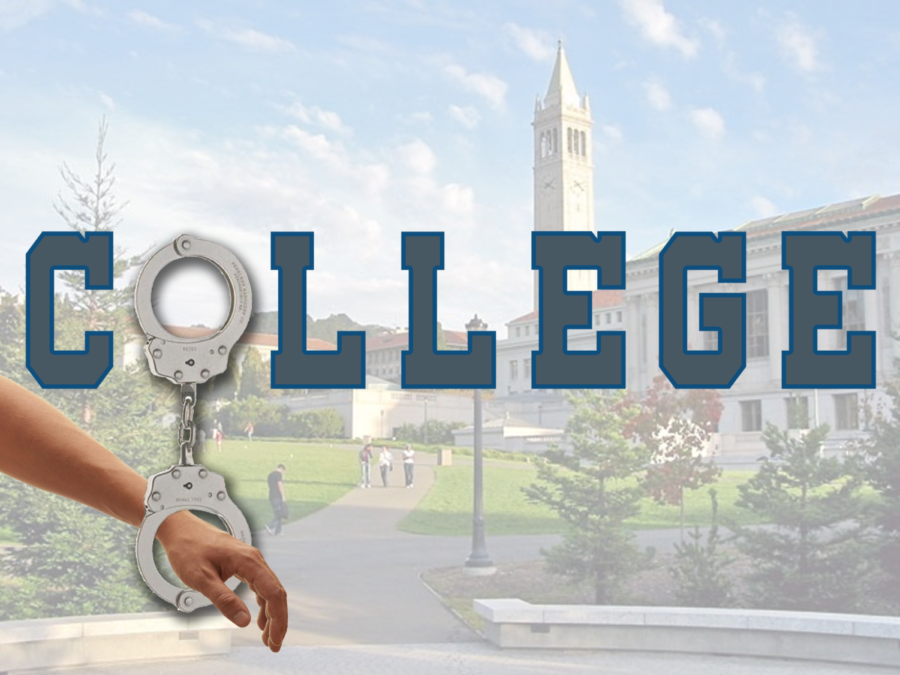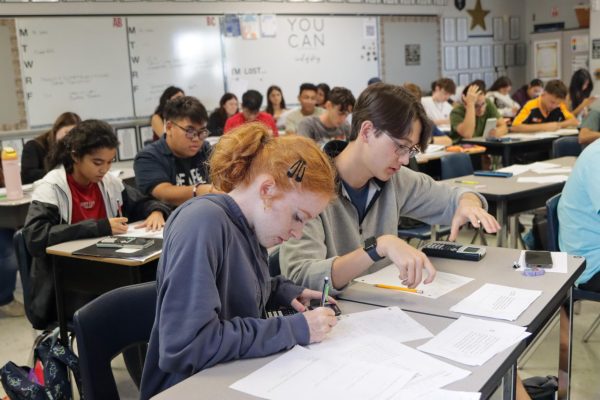Early decision: a choice not everyone can afford
photo by Ailinh Vu
Early Decision is a college admission plan that binds students to a school if they are accepting. While it may seem appealing, it creates more problems than what meets the eye.
Imagine your dream school is Northwestern University. With an acceptance rate of just 7%, you tirelessly write essays and join countless clubs to raise your chances of admission. If just signing a form would increase your chances by nearly 20%, you would sign, right?
But what if it costs you $300,000?
This is what early decision looks like for many. Early decision is an admission plan offered by many selective universities, including the University of Miami, Rollins, Flagler and Florida Southern. It is binding, meaning that if a student is accepted, they have to go. Applying for early decision is simple: submit the application by the deadline and sign an agreement acknowledging that early decision is binding.
Colleges offer early decision to make the application process less stressful, but often, it does just the opposite. When student athletes sign to a school early, they get to see their scholarship and make plans months or years in advance. Early decision has the same concept, but is filled with flaws.
Early decision acceptance rates tend to be much higher than those of non-binding regular decision; for Northwestern’s class of 2024, the early decision acceptance rate was 25%, compared to 7% for regular decision. Not only is the early decision application pool smaller, but early decision applicants show a strong interest in the school, which admissions officers like to see. Colleges hate rejection; one of the most important statistics for a college is its yield rate, and early decision guarantees that that number stays high. Applying for early decision seems like a no-brainer for students who have their heart set on a college—until they take a look at the price tag. Even though early decision is a binding commitment, the cost remains a mystery until decisions are released.
You wouldn’t choose a house to live in without knowing the price, and families with financial concerns often turn away from early decision for that exact reason. It was made for rich people—not those who aren’t sure if they can afford college. The sharp decline between early and regular admission rates puts many students at a disadvantage simply because their parents aren’t made of money. Financially, regular decision students will always have the upper hand; when students apply early decision, colleges don’t have to “woo” them with scholarships since they aren’t competing with other schools.
While early decision definitely puts low-income students at a disadvantage, it does not spare the middle or upper classes. A family earning $200k a year may be well-off financially, but that does not mean they can afford an insanely high tuition. Federal financial aid offers often disregard this, giving these families next to nothing. Paying for college is difficult no matter what; being obligated to go somewhere expensive makes it worse.
Technically speaking, early decision is not legally binding—it’s only based on honor. It’s possible to back out of the early decision agreement, but doing so is quite complicated. If a college believes that your reason for rejecting their offer isn’t good enough, they can place you on a “blacklist” and cause all of your offers from other schools to be rescinded. Colleges might let you off the hook if your financial situation is rough, but that’s not guaranteed, which turns many students away from it.
If colleges really wanted to make the admissions process easier without causing a financial panic, they would offer restrictive early action. REA allows students to apply early to only one private school, but it is not binding. Students still get a chance to view and compare their financial aid offers while having increased chances of admission. For Notre Dame’s class of 2026, the REA acceptance rate was 17%, while for regular decision, it was 10%. At most Florida schools, like UF and FSU, unrestrictive early action is offered, meaning that students will receive their unbinding decision months before regular decision students. Unlike REA, these students can apply anywhere they want early. Both of these options yield less stress than early decision and allow students to make more informed choices about their future.
Although early decision may be appealing to those who want to attend top schools, it isn’t always the best choice. Applicants who aren’t sure if they can afford a school’s tuition should apply for regular decision, even if it hurts their chances of acceptance. A degree is a degree—a hardworking person will be successful whether they attend UCF or an Ivy League. Application season should not be made more stressful by a signature.
Your donation will support the student journalists of Hagerty High School. We are an ad-free publication, and your contribution helps us publish six issues of the BluePrint and cover our annual website hosting costs. Thank you so much!








